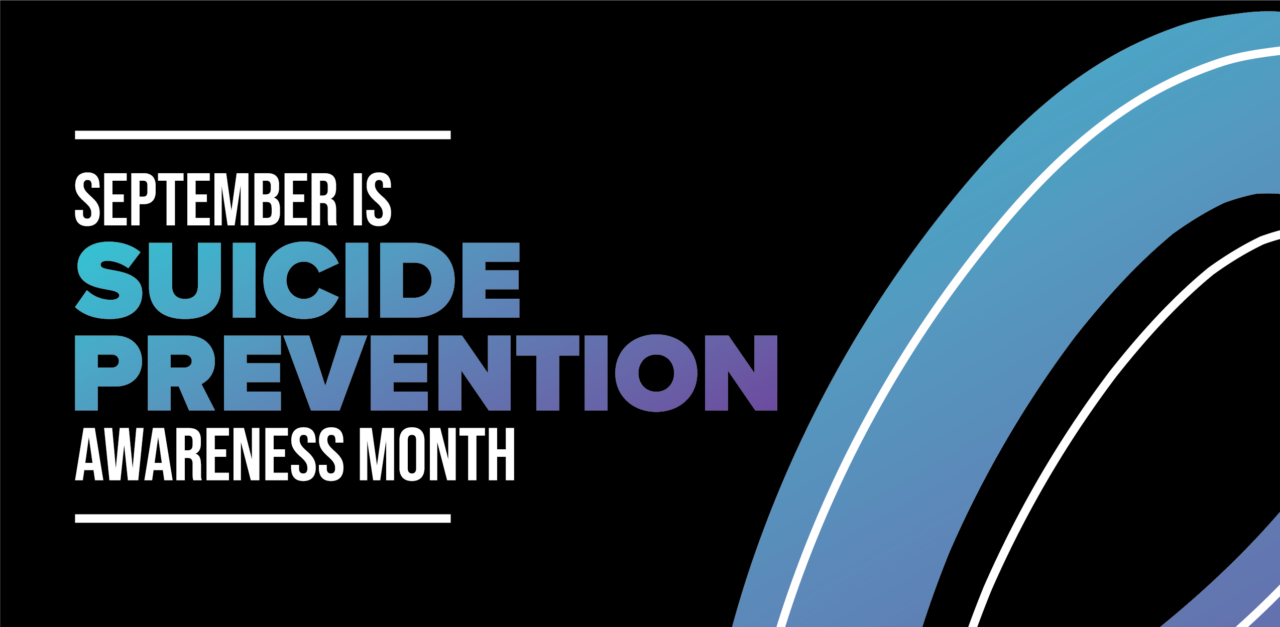September-Suicide Prevention Awareness

September is Suicide Prevention Awareness Month
“Suicide is the second leading cause of death among college-age students, with an estimated 1, 088 occurring on college campuses each year”
Our Mission
Fairleigh Dickinson University’s Transforming College Campus works to prevent suicide. Suicide is preventable. Our Mission is to reduce any stigmas surrounding mental health and encourage students to seek help.
“We are committed to creating a systematic, inclusive, diverse, and coordinated effort where suicide prevention is seen as a shared campus responsibility.”
- Recognizing the warning signs of suicide is key to saving someone’s life.
- Students should know how to talk about suicide without blame or judgment.
Suicide Statistics
- Suicide is the 11th leading cause of death in the US
- In 2022, men died by suicide 3.85 times more than women.
- Almost 800,000 people die due to suicide every year, nearly twice the number who die by homicide.
- For every death by suicide, there are approximately 20 suicide attempts made.
- In the United States, the suicide rate among males is 4 times higher than among females. Male deaths represent 79% of suicides, amounting to roughly 100 men who die by suicide every day, over 36,000 annually
- In the year before suicide, only 35% of men, on average, sought care from a mental health practitioner
- LGBTQ+ young people are more than four times as likely to attempt suicide than their peers
- The Trevor Project estimates that more than 8 million LGBTQ+ young people (ages 13-24) seriously consider suicide each year in the U.S. — and at least one attempts suicide every 45 seconds.
- Women are more likely to attempt suicide, but men are more likely to die by suicide.
- Suicide is the third-leading cause of death among student-athletes ages 15 to 24.
- According to a 2019 study conducted by the American College Health Association, 2 in 3 undergraduates felt overwhelming anxiety in the past 12 months, and 14% seriously considered suicide.
Risk Factors, Warning Signs, and How to Help
The Centers for Disease Control and Prevention lists the following as some of the most common risk factors for suicide:
- Previous suicide attempt(s)
- Family history of suicide, violence, and/or mental disorders
- Alcohol and/or substance misuse
- Traumatic life event
- Access to lethal weapons and/or substances
- Social isolation and/or alienation
- Medical conditions, such as a chronic ailment or terminal illness
- Relationship problems, including loss and violence
Warning Signs
Warning signs indicate a need for immediate professional medical intervention.
- Extreme mood swings and/or personality changes
- Increased fixation on death, suicide, and/or violence
- Withdrawal from family and friends
- Communicating feelings of hopelessness
- Expressing a desire or plan to die by suicide
- Loss of interest in people, things, places, and activities. Feeling suddenly happier or at peace (may be due to coming to terms with the decision to end their life)
Help
- Positive conversation starters and words of encouragement
- “How can I support you right now?”
- “Have you considered getting help?”
- “I’m here for you. You’re not alone.”
- “I care about you and I want to help.”
When Helping Someone Who May Be Suicidal, DO:
- Be Authentic: Talk openly and honestly with this person. They won’t expect you to use the perfect words but will sense that you’re truly concerned if you mean what you say.
- Listen to Them: The person considering suicide may need to vent their feelings, anger, or frustrations, so take time to sit and listen. Take their willingness to express themselves and unload their feelings as a positive sign.
- Be Sympathetic, Patient, and Calm: It takes a lot of strength and courage for a suicidal person to share their story. If they’re able to open up to you, they’re relying on you to be accepting and nonjudgmental.
- Be Direct and Matter-of-Fact: Avoid tiptoeing around the subject of suicide. Listening to the person’s concerns and tackling the subject head-on is the best way to prove you’re comfortable talking to them and can be a trusted confidante.
- Offer Hope When They Need It Most: Your unconditional support and encouragement is crucial at this time. Let them know they can seek professional help, and reassure them that their feelings are temporary and that you value their presence in your life.
DISCLAIMER: The information provided on this website is not intended or implied to be a substitute for professional medical advice, diagnosis, or treatment; instead, all information, content, and materials available on this site are for general informational purposes only. Readers of this website should consult with their physician to obtain advice concerning any medical condition or treatment.
Statistics
https://headsupguys.org/suicide-in-men/suicide-stats-men/
https://www.thetrevorproject.org/resources/article/facts-about-lgbtq-youth-suicide/
https://www.stlouischildrens.org/health-resources/pulse/suicide-prevention-young-athletes